Possui graduação em Engenharia Mecânica pela Universidade Federal do Pará (1997), mestrado e doutorado em Ciência e Engenharia de Materiais pela Universidade Federal de São Carlos em (2000) e (2004), respectivamente. Pós-doutorados no IQSC – USP (2006 e 2008) e IRH – UQTR, Canadá (2007). Professor visitante no IRH – UQTR, Canadá (2014-2015). Atualmente, é professor adjunto IV da Universidade Federal do ABC, atuando nos cursos de graduação em Engenharia de Materiais e Bacharelado em Ciência e Tecnologia. É docente permanente do Programa de Pós-Graduação em Nanociências e Materiais Avançados e do Programa de Pós-Graduação em Ciência e Engenharia de Materiais, amobos da UFABC . Suas principais linhas de pesquisa são: Caracterização e processamento de metais e ligas, Materiais para armazenagem de hidrogênio, Hidretos metálicos, Metalurgia Física, Transformações de fase em metais e ligas, Materiais para eletrodos de baterias recarregáveis; Caracterização de eletrocatalisadores para células a combustível; Nanomateriais; Microscopia eletrônica.






